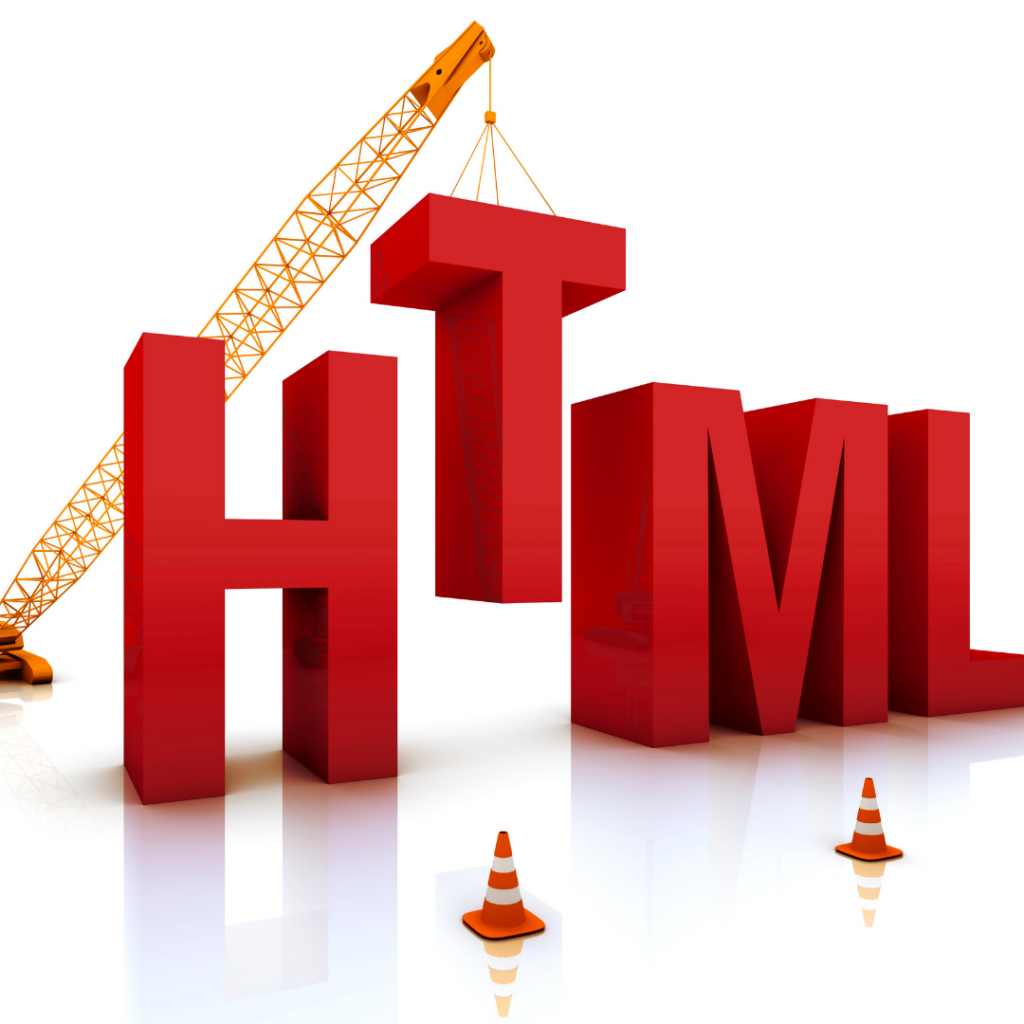
The 10 HTML Codes You Need to Know for Writing on the Web
HTML is a markup language for describing documents that includes basic text formatting, links, images, and forms. It is the first step in the full document development process. HTML is the foundation for the World Wide Web and is used to create websites, apps, mobile sites, and other web documents, such as text and e-mail. According to W3.org, the World Wide Web Consortium, HTML is among the widely interpreted languages on the web; it is supported by a large number of web servers, web browsers, and other web document creators.
If you’re a web developer, you can use HTML to create beautiful websites. But if you’re a web designer, you’ve likely learned HTML by rote, without ever taking the time to learn the proper syntax for writing code. The 10 HTML Codes You Need to Know for Writing on the Web is a quick reference guide that shows you the dos and don’ts of HTML. It’s designed to help you learn the 10 essential HTML codes that you need to know in order to write clean, readable, valid code. And here are the 10 HTML codes.
- <html></html>
HTML, or HyperText Markup Language, is a globally recognized standard that makes web pages more readable and accessible to as many people as possible. The most basic coding of HTML, aside from basic HTML tags, is known as metadata. If you want to add a title to your page, you should use an HTML title element. If you want to add a description for your page, you should use an HTML meta element.
- <title></title>
Today, most websites use the <title> tag to display a short text that identifies the website. These tags may contain friendly site names or images.
- <body></body>
a tag that controls how your page is displayed on the screen. This tag is responsible for defining the borders and paddings of your page’s content area.
- <head></head>
The HTML head tag is a misunderstood tag out there. In fact, some will argue that the head tag is among the most misunderstood tags out there. They are right, but this doesn’t mean the head tag is useless. In fact, it is among the vital tags on any web page. Without the head tag, the content of the web page will be displayed within the <body > tag. That means it will be impossible to edit the content of the web page. This is why you should be careful about what you put on the head tag.
- <p></p>
It is used to wrap text and has a variety of useful attributes that you can use to format the text. It is also important to be familiar with the <address> tag, which allows you to format a section in your website address.
- <h1></h1>
Every web page needs a title, which is often known as the heading. HTML is a simple language, and the h1 tag is the most basic one. It’s used for introducing a document’s main topic on the These and defines the opening of a paragraph or other element. That means that if you’re writing a blog post, your title should describe what the article is about.
- <span></span>
Span is div’s smaller version, utilized in styling or interacting with an inline content. Adding a few words to a specific class (<span class=’endorsement’>Text</span>), is ideal if you want a more stylish and responsive content.
- <img></img>
The ‘img’ tag is the most important HTML tag in the HTML5 family. It’s the one that lets you insert images into a web page.
- <a></a>
<a> is used to create hyperlinks. It is often used in blog posts.
- <div></div>
The humble <div> has been in use for more than a decade, but it’s a surprisingly tricky little tag. Just as it’s a relative newcomer to the web, it has also been around since its inception, and it’s not hard to see why: its simple yet versatile syntax gives you the ability to describe just about any kind of content.
Our lives are full of web pages. Whether we’re reading a news article, reading through a product description, or browsing through a local business’ storefront, it’s likely that we’re using a web browser to navigate these pages. To ensure that we can read the articles, product descriptions, and other information we’re looking for, we need a way of encoding text on web pages. What is the HTML (HyperText Markup Language)? HTML is the markup language used to describe the structure of a web page. It allows us to add our words or images to a web page and making them appear on a web browser.